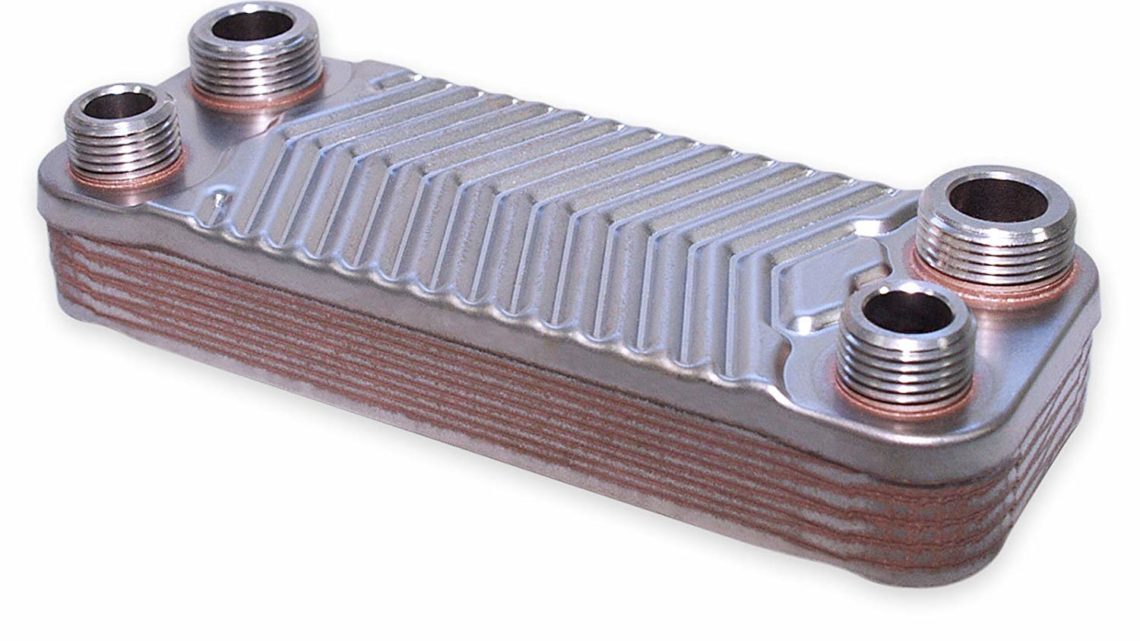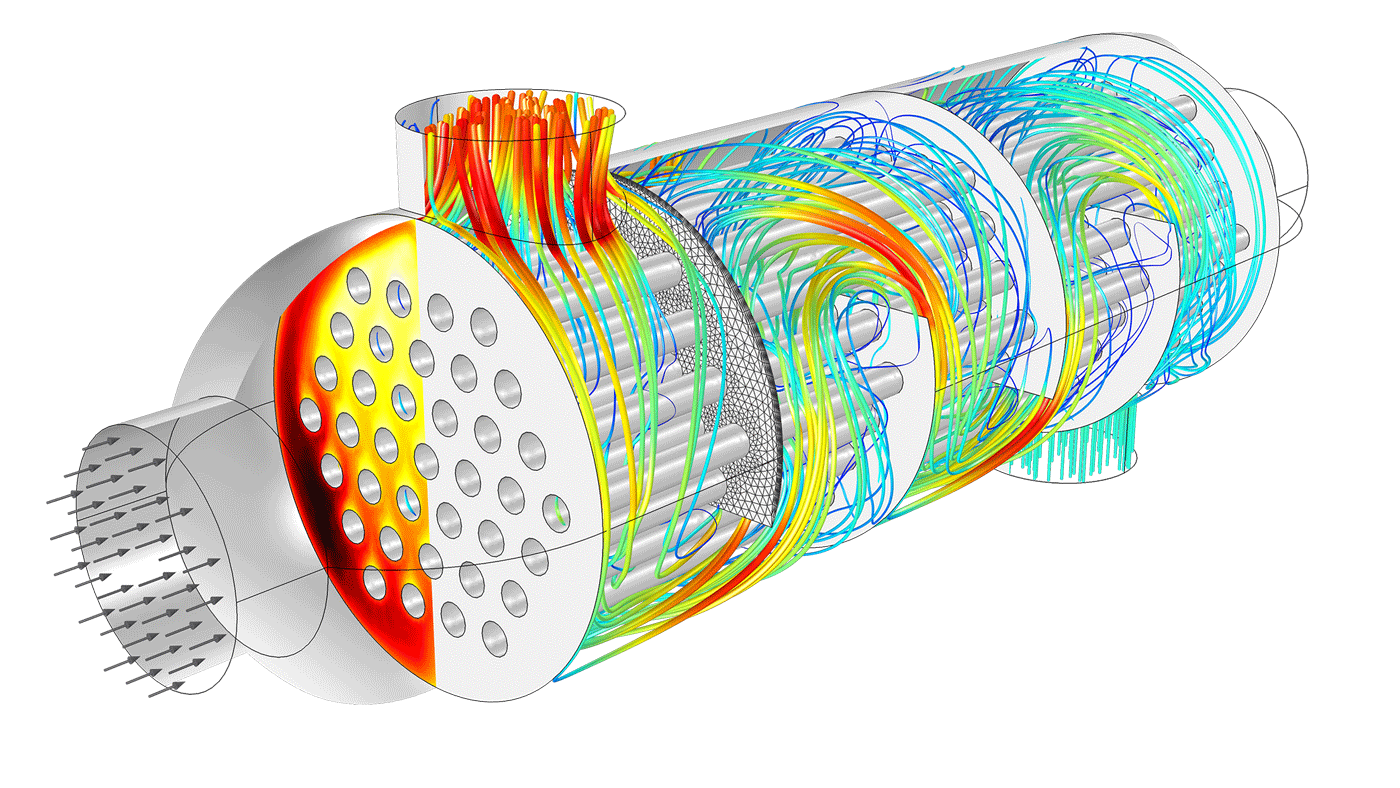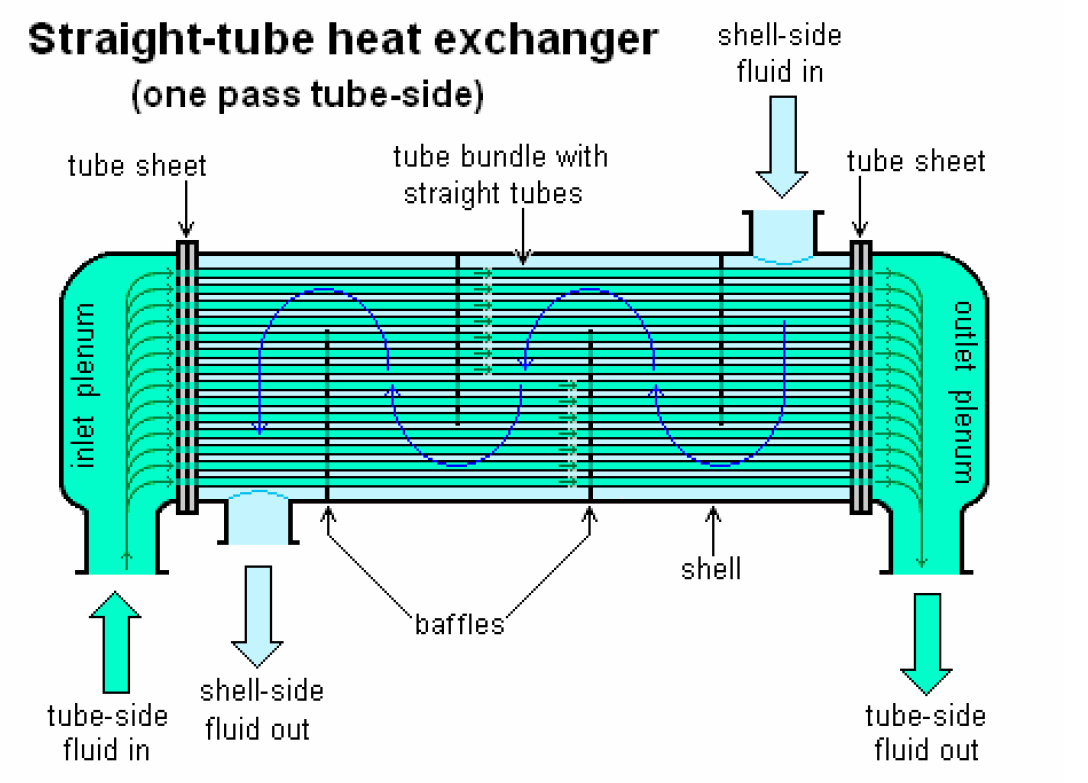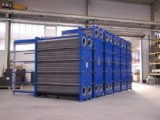
What is a Tube Heat Exchanger and How Does it Work?
October 9, 2019If you are not familiar with the engineering and industrial manufacturing world, you might be confused by the concept behind a tube heat exchanger. If you Googled it and found your way to this article, you will be able to learn everything there is about a heat exchanger, including how does it work, and the components it has. Let’s take a closer look:
A Tube Heat Exchanger Explained

Image source: comsol.com
A tube heat exchanger is made for transferring heat energy from one substance to another, without them being in direct contact, which ensures that there is no mixing between the two liquid or gas substances. They are usually used for high temperature and pressure processes and applications, and they are quite durable due to their design and shape. Since a tube exchanger is the most common one used in chemical process and oil refineries, they come in different designs that allow them to fit different application needs.
The tube heat exchangers are used for a wide range of processes, including wastewater heat recovery, process heat removal, transmission, and engine coolers, air conditioning, boiler sample coolers, and oil coolers. They are used in major industries including commercial and industrial zones, as well as heating and cooling, marine, aerospace, waste treatment, automotive, pharmaceutical, and food processing industries.
The Main Designs of Tube Heat Exchangers
These heat exchangers come in three main designs including U-tube heat exchangers, straight-tube heat exchangers, and spiral heat exchangers. However, the basic concept of tube exchanger is not different for each of the designs. Inside of the shell that holds the internal parts of the exchanger, there is a tube that holds the liquid that needs to be processed (heated or cooled), while the other tube holds the liquid that will allow the other substance to be heated or cooled.
How Does a Tube Exchanger Work?
According to the exodraftvarmeatervinning, in order for the transfer of the thermal energy to happen, the second tube needs to run over the first one. The tube walls are made from metal and they act as conductors between the two substances. In order to complete the process, thermal energy will only flow from the hotter to the cooler substance. And, the larger the partition’s surface area, the more efficient the heat transfer will be.
In a U-tube exchanger design, the tubing is used to hold one liquid on the outside of the shell and a head assembly is added to the shell in order to direct the liquid into the tubes. Straight-tube designs allow the exchanger to work with liquids that are heavy flowing or for processes that require extremely high temperatures. The spiral exchangers, as the name implies, have spiral bodies that are made from two flat parts, usually metal strips, which are spiral to form two channels.
Conclusion
As you can see, the tube heat exchangers have various purposes and they can be used in a wide range of industries. And if you are in need of a tube heat exchanger, do not waste any more time and start searching for one that will fir your facility’s needs.



